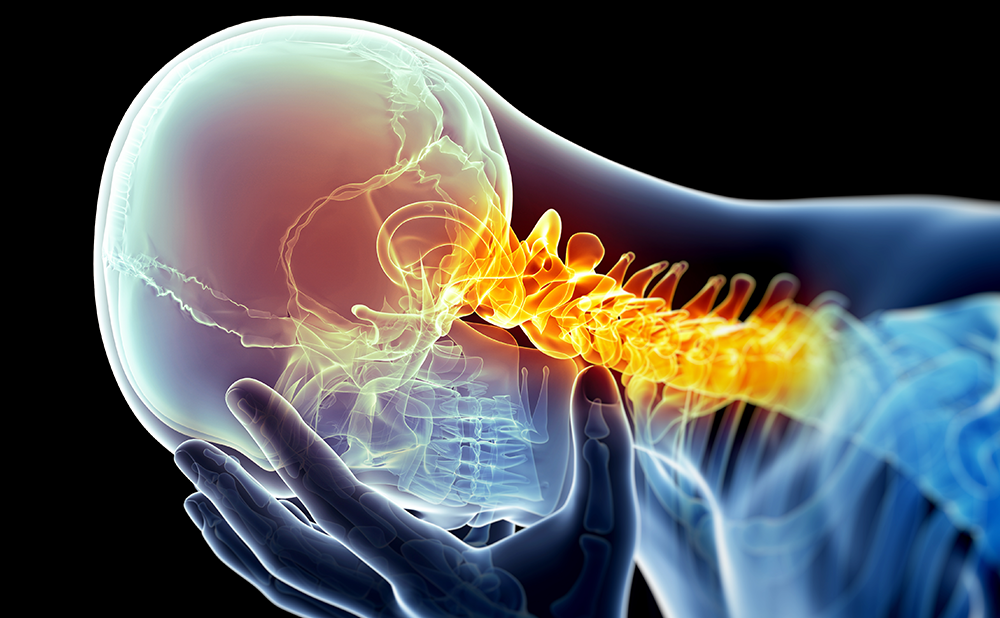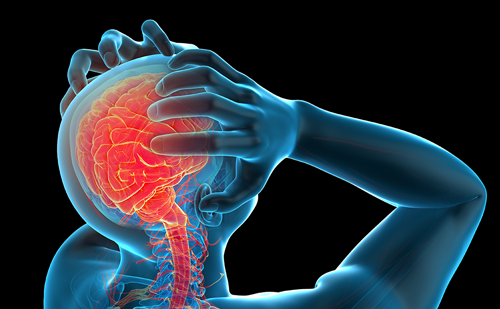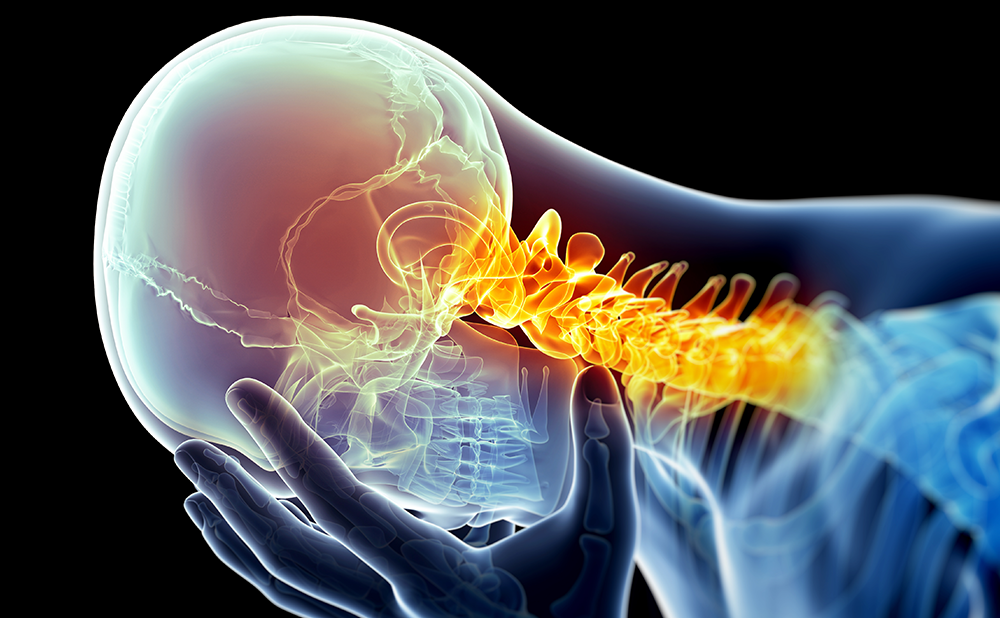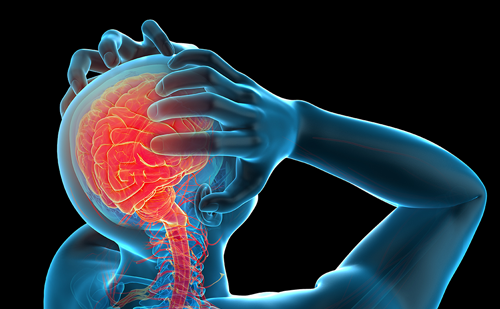Welcome to the summer edition of European Neurological Review. Neurology and neuroscience are diverse fields that touch on almost every other discipline, and the articles in this issue reflect the scope of the field, as well as highlight key challenges and innovations.
We begin with two expert interviews. Raquel Gil-Gouvia discusses cognitive dysfunction during migraine attacks, an area that has been overlooked in migraine research. In addition, Ambra Stefani discusses her research exploring the pivotal association between rapid eye movement sleep behaviour disorder and prodromal aspects of neurodegenerative disorders such as Parkinson’s disease.
The treatment of patients with brain metastases is challenging since these patients have traditionally been excluded from clinical trials. In an editorial, Riccardo Soffietti discusses recent advances in molecular targeted therapies to metastases that have shown beneficial intracerebral activity, as well as outlining the remaining challenges for neurologists
and neurosurgeons.
As ever, this issue features articles that reflect the burden of the most common neurological disorders. The findings of recent clinical trials have increased our understanding of the optimum time window for the treatment of stroke and the use of imaging to guide treatment decisions. In a special report, Horst Urbach proposes an imaging algorithm for the management of acute stroke. Parkinson’s disease continues to impose a growing and substantial burden on patients, caregivers and healthcare systems globally. Nataliya Titova and I review the current status of the management of patients with Parkinson’s disease, unmet needs and future perspectives. In all neurological diseases, the risk/benefit profile is important when selecting a therapeutic approach. Treatment discontinuation can limit the effectiveness of disease-modifying treatments in patients with multiple sclerosis. Harty et al. present a systematic literature review of studies that reported discontinuation rates as a key objective, and consider the reasons for discontinuation.
In addition to conditions frequently encountered by neurologists, European Neurological Review aims to raise awareness about rare neurological disorders. Following the recent regulatory approval of subcutaneous immunoglobulin (SCIg) in chronic inflammatory demyelinating polyneuropathy, Katzberg et al. discuss the administration of SCIg from the perspective of neurologists, nurses and patients.
This issue is accompanied by two supplements. Conway et al. propose a protocol to guide decisions about the suitability of neurostimulation for the treatment of drug-resistant epilepsy and treatment-resistant depression. Finally, Peter Jenner and Carla Caccia describe the role of glutamate in the healthy brain and in the pathophysiology of Parkinson’s disease, and consider its potential as a therapeutic target.
European Neurological Review would like to take this opportunity to thank all participants on this edition. We would like to thank our contributors and reviewers for providing us with insightful and informative review articles. We are grateful to the members of our editorial board for their continued involvement and advice. Thanks also go to all organisations and media partners for their ongoing support. We hope that you will find this edition of European Neurological Review an enjoyable and informative read.












